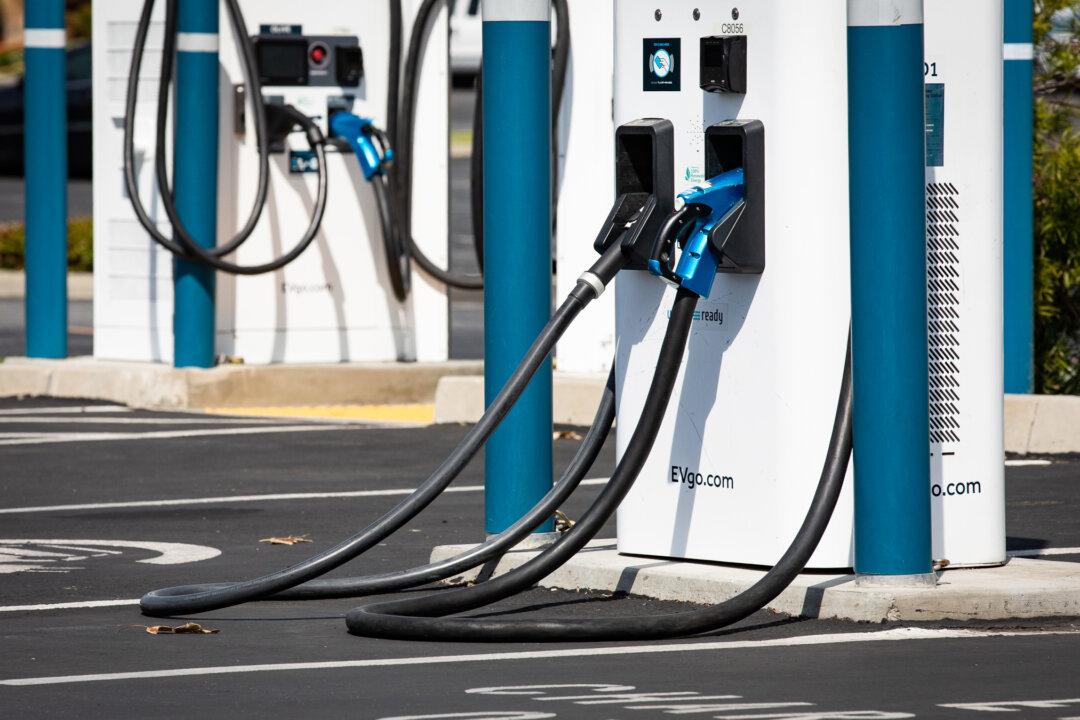Commentary
The idea that the panacea of electric vehicles will end “climate change” may have finally crashed into the wall of reality.

The idea that the panacea of electric vehicles will end “climate change” may have finally crashed into the wall of reality.